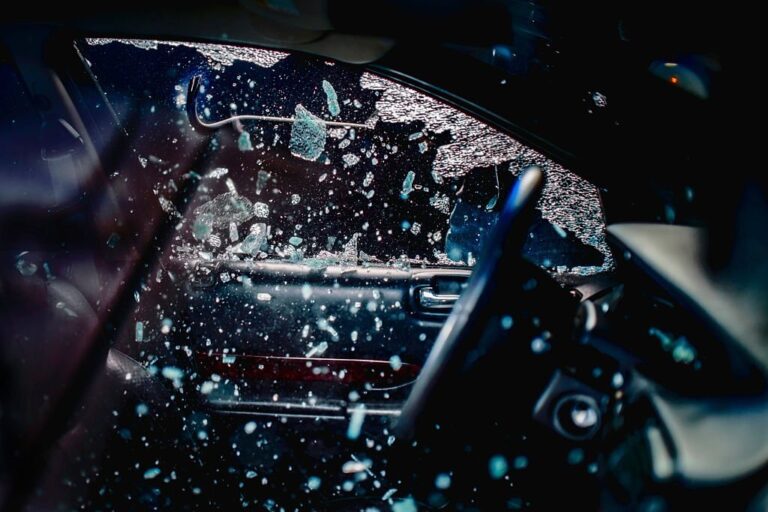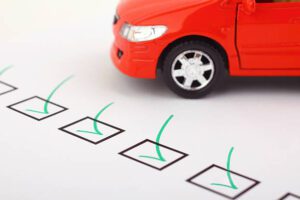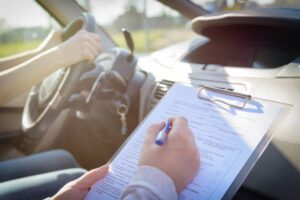South Africa, despite witnessing a minor dip in hijacking incidents at the beginning of 2023, remains embattled by this form of crime. Alarmingly, the frequency of abductions during these episodes is on the rise.
Crime Statistics Paint a Worrying Picture
Police Minister Bheki Cele recently unveiled the latest crime figures. The numbers present a troubling scenario for the country, with a general increase in criminal acts. The spike in hijackings is particularly alarming. In 2022, there was a 30% rise in such incidents compared to 2019, and a 15% increase from the previous year.
By the end of 2022, the country had seen 23,025 reported carjackings, which means an average of 63 vehicles were hijacked daily. Delving deeper into provincial data, Gauteng, KwaZulu Natal (KZN), and the Western Cape emerged as the most affected regions. Gauteng alone reported 11,626 carjackings, averaging nearly 32 vehicles each day. KZN and the Western Cape followed with daily averages of 10.3 and 8.4 vehicles respectively.
Is There a Silver Lining?
Wahl Bartmann, CEO of Fidelity services group, shared a somewhat hopeful view. In the areas overseen by his group, there was a slight reduction in hijacking incidents in the early months of 2023. Yet, he emphasized the gravity of the situation. Criminals continue to employ tactics like driveway hijackings and deceptive blue-light police stops, with the latter being particularly prevalent in truck hijackings.
For motorists feeling they might be followed, Bartmann advises signaling and decelerating a few houses ahead of their intended stop. This could potentially ward off would-be hijackers. Regarding the deceptive police stops, he suggests motorists be wary of certain roads and highways, especially after dark. If stopped, activating high beams and hazard lights might attract attention and deter potential criminals.
The Rising Menace of Kidnappings
A disturbing development is the increasing number of kidnappings during hijackings. In such scenarios, victims are not just deprived of their vehicles but are also held captive. Offenders may demand a ransom, compel victims to access funds, or detain them until financial demands are met.
Vehicles in the Crosshairs
Recent data from Fidelity ADT reveals that Toyota is the most coveted brand for carjackers, involved in 31.6% of the incidents they recorded. Volkswagen (VW) and Ford are next in line, with 14.1% and 10.4% respectively. The most desired models among these include:
- VW Polo (8.6%)
- Toyota Hilux (6.8%)
- Toyota Etios (4.8%)
- Ford Ranger (4.9%)
- Toyota Fortuner (4.6%)
- Nissan NP200 (4.2%)
Bartmann also pointed out the popularity of Toyota Prados and Toyota Landcruisers among criminals. He noted,
Navigating South Africa's Roads: Essential Information for Tourists
These high-risk vehicles are primarily destined for neighbouring countries, often hijacked just to be transported across the border.
Leveraging Technology for Enhanced Security
In light of the persistent hijacking threat, Bartmann champions the use of anti-hijacking tech solutions. These systems offer real-time tracking, with updates ranging from every 2 to 20 seconds, facilitating prompt alerts to mitigate risks. In emergencies, an SOS feature on the related app can notify a monitoring centre. Furthermore, he endorses mobile apps that convert smartphones into personal safety instruments, ensuring help is always at hand.






